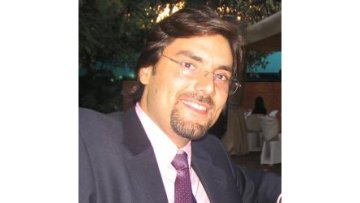12:00
Asymptotic safety - a symmetry principle for quantum gravity and matter
Abstract
I will introduce asymptotic safety, which is a quantum field theoretic
paradigm providing a predictive ultraviolet completion for quantum field
theories. I will show examples of asymptotically safe theories and then
discuss the search for asymptotically safe models that include quantum
gravity.
In particular, I will explain how asymptotic safety corresponds to a new
symmetry principle - quantum scale symmetry - that has a high predictive
power. In the examples I will discuss, asymptotic safety with gravity could
enable a first-principles calculation of Yukawa couplings, e.g., in the
quark sector of the Standard Model, as well as in dark matter models.


